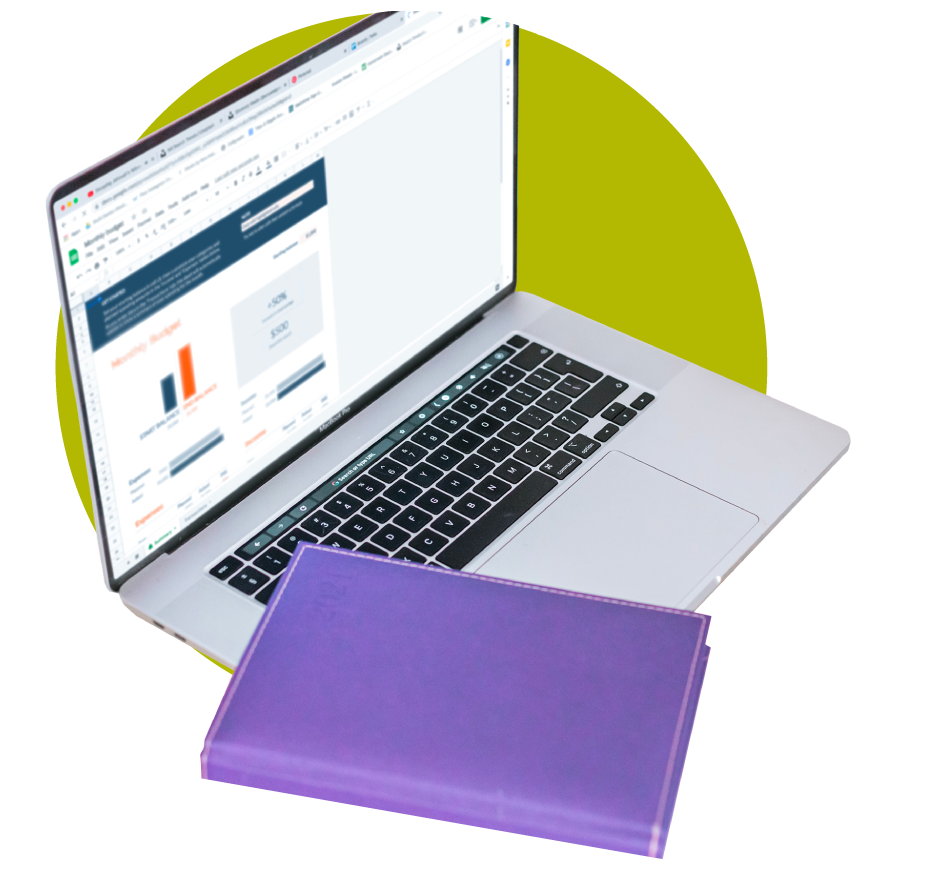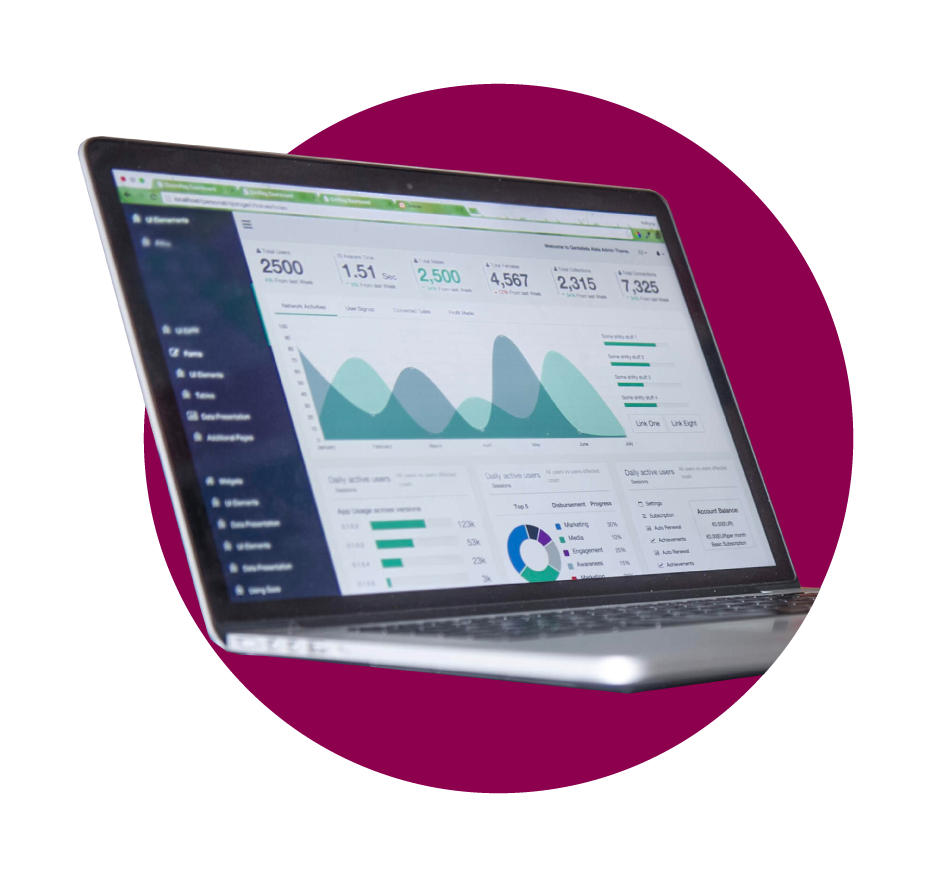WindowBASE E-shots
Marketing by email or ‘e-shots’ are hugely popular. WindowBASE data can be use to send e-shots and we offer a full e-shot service to both regular subscribers and customers who prefer to buy one-off labels.

Email marketing service
WindowBASE offers a full e-shot service to our customers. Sending e-shots is not as easy as you might think. There are many pitfalls that could result in your emails being junked or rejected – or delivered looking very different to how you expected. Our email marketing service has several stages but the process is quick and easy!

Setting you up in our e-shot system
There is a one-off cost of £150 to create a dedicated area for you in our e-shot software. This enables us to import email addresses, set up your copy, send out emails, manage your unsubscribe requests and track results – all independently of our other clients. The cost includes a system-generated email address but we can register a dedicated email address of your choice at an additional charge.

Creating your copy
Whether you want a colourful message, with images and various type sizes, or a simple text email that looks more like a normal business message than an advertisement, we can design and create the copy for you. We know the many pitfalls to avoid and how to ensure your copy looks good on any type of device. Different copy treatments or product offers can be tested alongside each other, with half the people being sent one version and the rest a different version (known as a ‘split test’) to see if one achieves a better response than the other. We can also personalise each email in the subject line and body copy. This is especially useful where firms only provide generic email addresses as it enables you to clearly target the message to the intended recipient. The cost of creating copy depends on what you need. Plain text emails are free to set up and we quote for other copy preparation before starting any work. Once created, copy can be repeated without any further creation charges and very minor changes are usually free.

Selecting your recipients
If you already subscribe to WindowBASE, there is no further charge for using our data. We can either export all of your records with email addresses from Prospect Manager for you – or you can choose particular firms to target. Non-subscribers are charged a usage fee, based on the number of firms they want us to email. You will not have direct access to any data, so you need to decide if taking out a subscription to WindowBASE would be better. A subscription would enable you to know exactly who is being emailed and to follow up the hottest prospects with phone calls or letters.

Sending out the emails
We initially send you a test e-shot, to make sure you are happy with the copy, and that any personalisation and links all work. Once approved, we import the email addresses to the e-shot system and send out your e-shot at a time and date of your choosing. The mail server is so powerful that it can send several thousand emails in less than a minute. The cost of sending depends on the number of email addresses you have selected.

Post-campaign reporting
Over the next few days, we monitor the statistics and send you a summary report showing how many e-shots were delivered, how many were opened, which links were followed and how many people unsubscribed. We continue to manage unsubscribe requests to ensure people are not contacted again. This service is included within the sending charge.
I’m interested – what do I need to do?
Call us on 01453 845717 or email info@windowbase.info and start the ball rolling!
